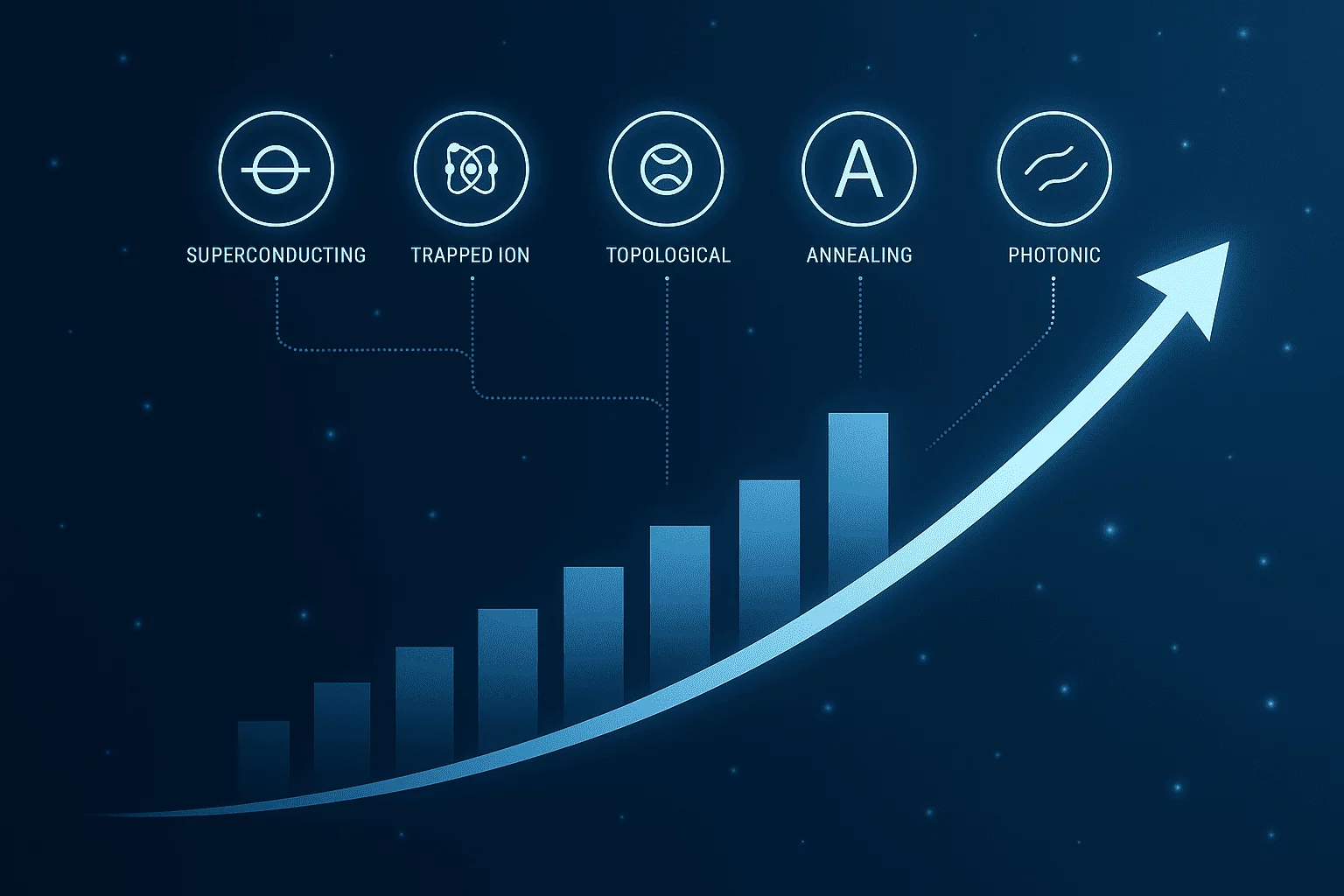In March 2025, the European Commission’s flash estimate indicated a decline in consumer confidence across both the European Union (EU) and the euro area. The consumer confidence indicator decreased by 1.0 percentage point in the EU, bringing it to -13.9, and by 0.9 percentage points in the euro area, resulting in a reading of -14.5. These figures suggest a further movement away from the long-term average, highlighting growing consumer pessimism. Explore the latest insights from the EU Business and Consumer Survey for March 2025. Learn how consumer confidence and business sentiment are shaping Europe’s economic outlook.
Economic Sentiment Indicator (ESI)
While the March data specifically addresses consumer confidence, it’s essential to consider the broader Economic Sentiment Indicator (ESI) for a comprehensive understanding. In February 2025, the ESI experienced an uptick, increasing by 1.1 points to 97.1 in the EU and by 1.0 points to 96.3 in the euro area. This improvement was attributed to positive developments in various sectors, including industry, services, and construction.
Sectoral Confidence Indicators
- Industry: Manufacturers reported increased confidence, driven by improved production expectations and a more favorable assessment of order books.
- Services: The services sector saw a boost in sentiment, reflecting better demand expectations and an optimistic view of the business situation.
- Construction: Confidence in construction rose due to positive employment expectations and a robust assessment of order books.
- Retail Trade: Retailers exhibited cautious optimism, with stable business expectations despite concerns over future sales volumes.
- Consumer Confidence: Despite the overall improvement in economic sentiment, consumer confidence remained subdued, indicating persistent concerns about the general economic situation and personal finances.
Employment Expectations Indicator (EEI)
Contrasting with the positive movement in the ESI, the Employment Expectations Indicator (EEI) declined in February 2025. This suggests that, despite improved sentiment in various sectors, businesses may be hesitant to expand their workforce amid ongoing economic uncertainties.
Contributing Factors to Consumer Confidence Decline
Several factors have likely contributed to the decline in consumer confidence observed in March 2025:
- Inflationary Pressures: Rising prices for goods and services may have eroded purchasing power, leading to consumer apprehension about future financial stability.
- Geopolitical Tensions: Ongoing geopolitical conflicts and uncertainties can impact economic stability, influencing consumer sentiment negatively.
- Labour Market Concerns: Despite sectoral improvements, concerns about job security and employment prospects may persist, affecting consumer confidence.
- Policy Uncertainty: Ambiguity surrounding fiscal and monetary policies can lead to uncertainty about future economic conditions, impacting consumer outlook.
Implications for Policymakers
The decline in consumer confidence, juxtaposed with improvements in other economic indicators, presents a complex scenario for policymakers:
- Monetary Policy: Central banks may need to balance efforts to control inflation with measures to stimulate economic growth and support consumer spending.
- Fiscal Policy: Governments might consider targeted fiscal interventions to bolster consumer confidence, such as social support programs or tax incentives.
- Structural Reforms: Implementing policies aimed at enhancing job security, improving wage growth, and reducing economic disparities can address underlying factors affecting consumer sentiment.
EU Consumer Survey Outlook
The mixed signals from the March 2025 survey underscore the importance of continuous monitoring of economic indicators. While sectoral confidence shows resilience, the dip in consumer confidence highlights areas of concern that could impact overall economic recovery. Policymakers and stakeholders must remain vigilant, adapting strategies to address both the positive trends and the challenges indicated by the latest data.





